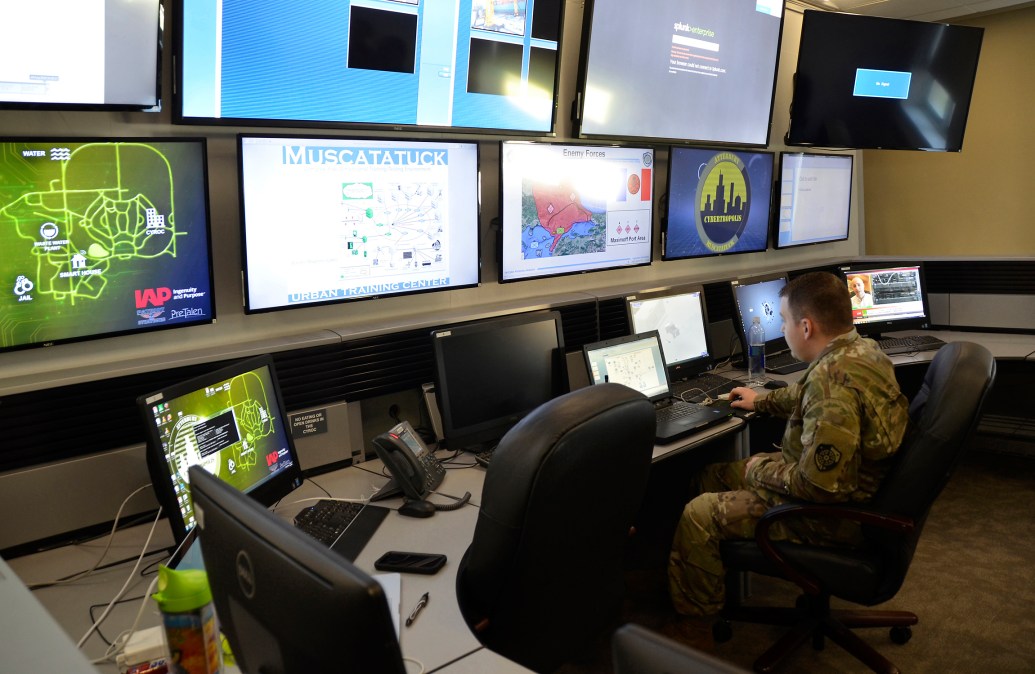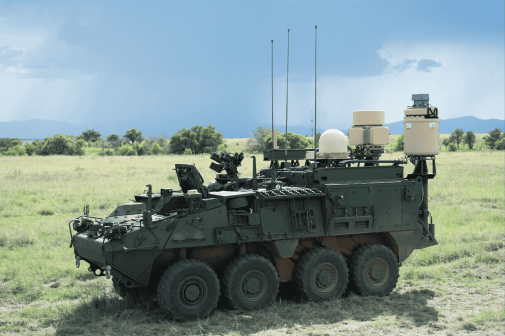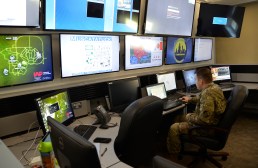Army to double size of active-duty cyber corps

The Army intends to double the size of its active-duty cyber corps by the end of the decade, including boosting its electronic warfare capacity, according to service officials.
The service is putting more emphasis on these types of capabilities to compete with advanced adversaries such as China and Russia.
“Active component growth in the force structure for Cyber Mission Force teams and Electronic Warfare companies and platoons will increase the authorized strength of the Cyber Corps from just over 3,000 [personnel] to just over 6,000″ by 2030, an Army spokesperson told FedScoop in an email Friday. “The growth in the Army’s Electronic Warfare forces will also create similar increases, though in smaller numbers, in the Army National Guard.”
The service plans to increase the size of its cyber branch across all components — Active, Guard and Reserve — from just over 5,000 personnel today to just over 7,000 by 2030, the spokesperson said.
Lt. Gen. John Morrison, deputy chief of staff, G-6, said the ongoing Ukraine-Russia war highlights the importance of electronic warfare capabilities.
“All you have to do is read the open-source news and you can see that it is a critical component of what is happening over in Europe right now. So having that ability to be able to defend ourselves inside the electromagnetic spectrum, but also to have the ability to see it, that sensing component, and … that ability to leverage electronic attack capabilities to include RF-enabled cyber, we believe is going to be absolutely critical in a future fight,” he told reporters Thursday during a teleconference.
The service has already started a multiyear expansion of its cyber branch.
The planned growth of the cyber force can be attributed to two factors, according to Morrison. “One is Army approved growth. And then two is … our electronic warfare professionals used to be a functional area operating on their own — they are now a part of the cyber branch. And almost all that growth is in our tactical formations,” he said.
“As we proliferate cyber electromagnetic activity capabilities — think cyber and electronic warfare integrated together — throughout all of our tactical formations, that growth will continue and even accelerate in [fiscal] ‘23. It’ll be focused principally on providing capabilities to our brigade combat teams, and then reorganizing staff planning cells all the way up to our Army service component command levels,” he said.
The Army is already a major contributor to U.S. Cyber Command’s Cyber Mission Force, which conducts offensive, defensive and Department of Defense information network operations, he noted.
Cyber capabilities will also be embedded in the Army’s new multi-domain task forces, as well in corps, division and brigade combat teams.
“It’s a pretty extensive investment by the Army. We’re on a multiyear growth pattern. But we’re in a pretty good spot right now,” Morrison said.






